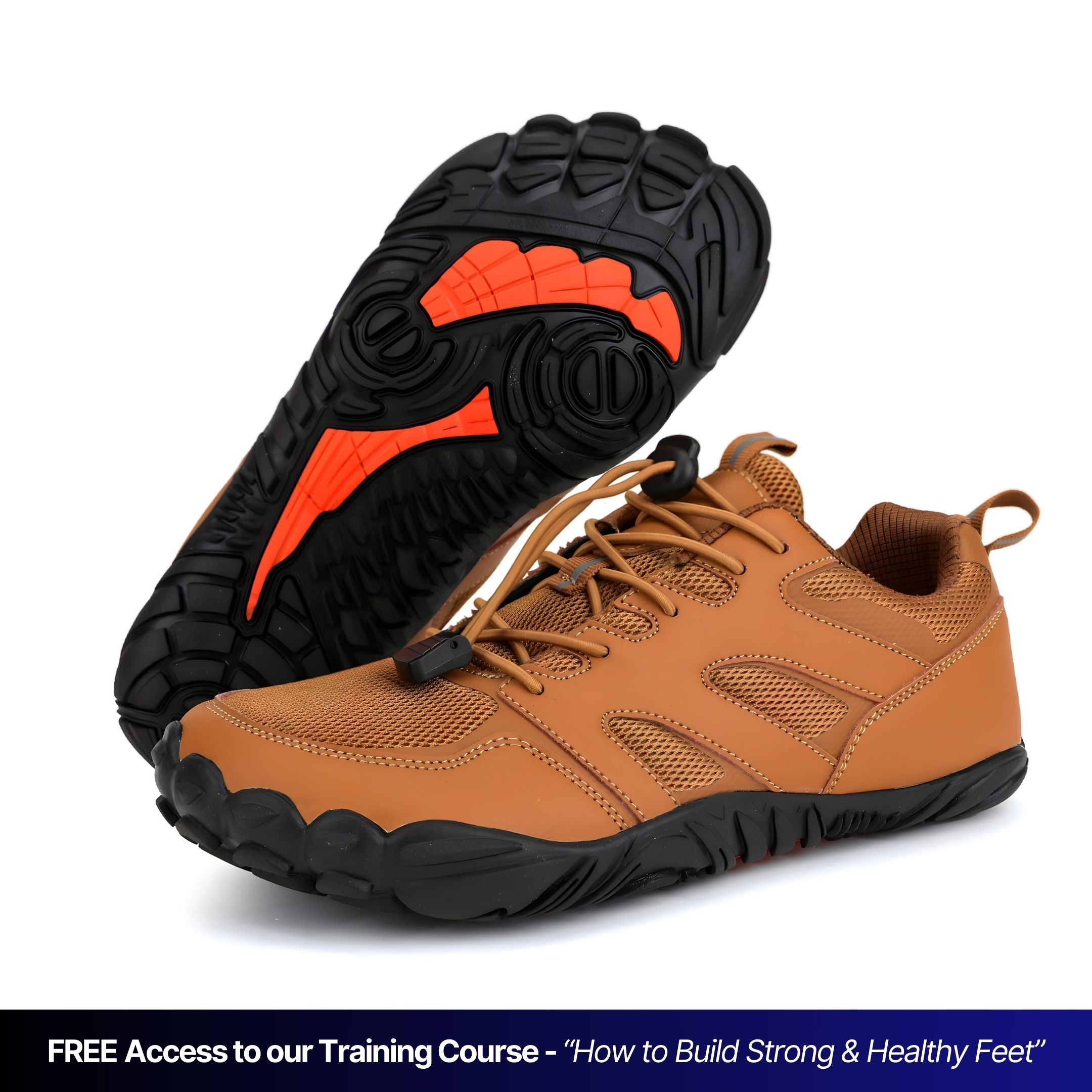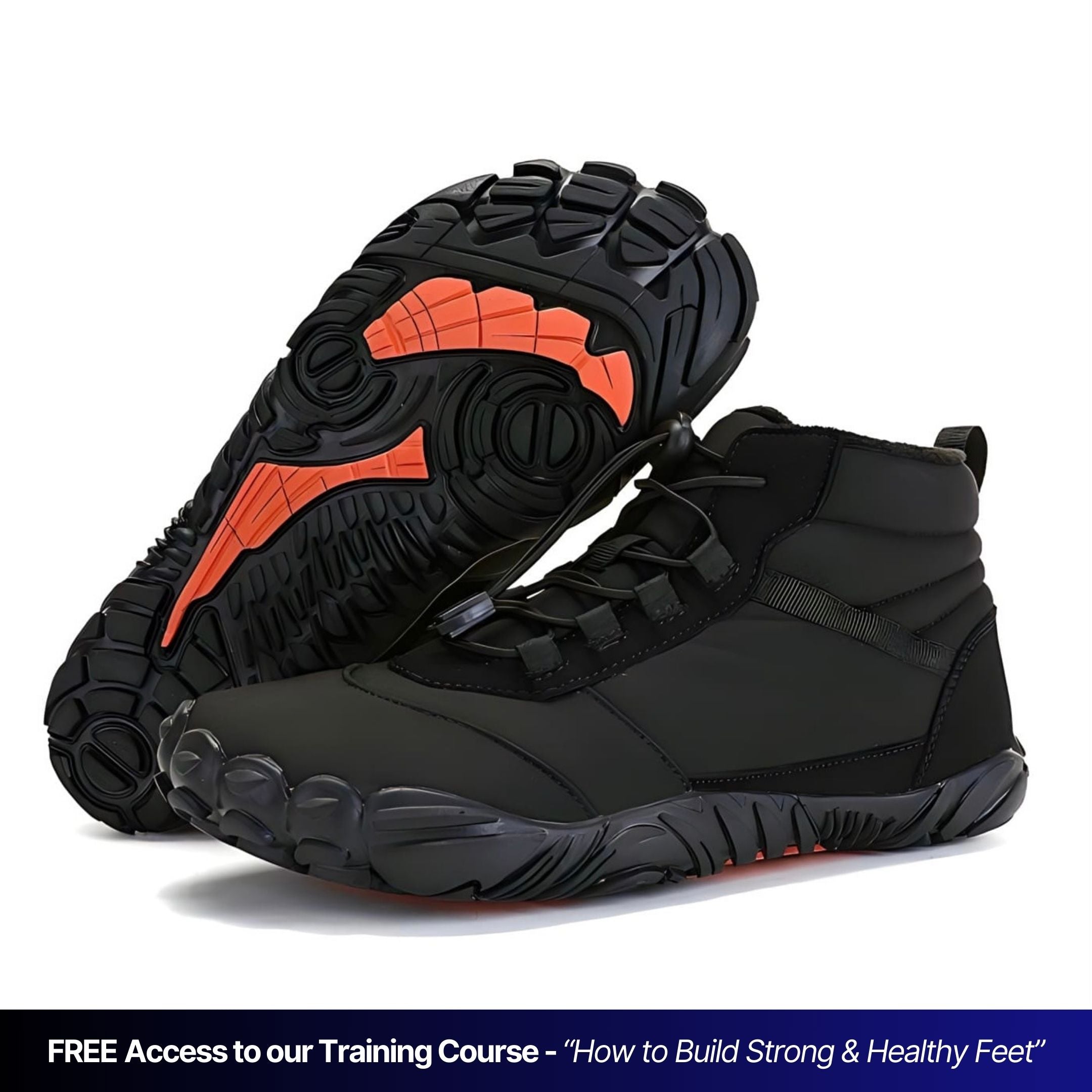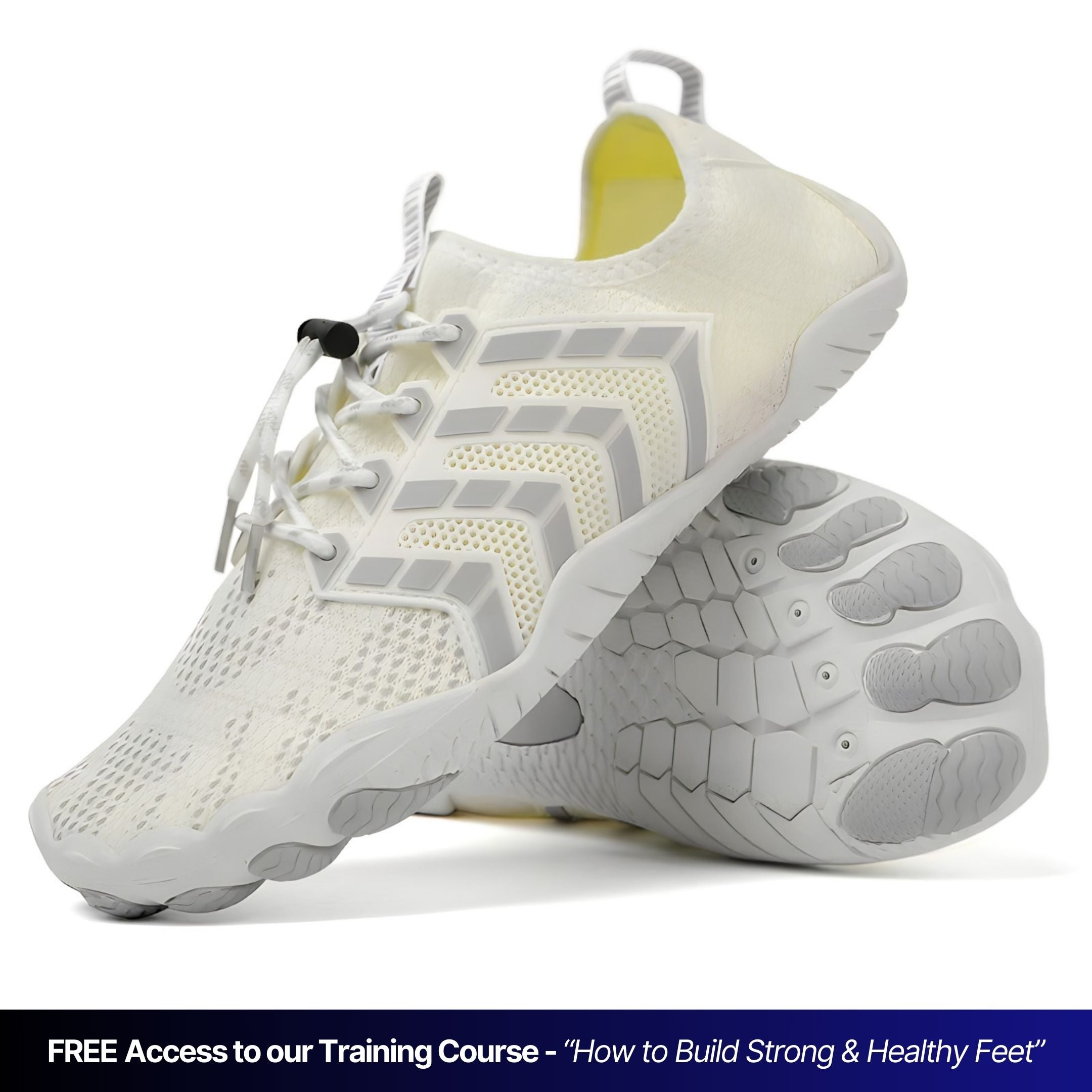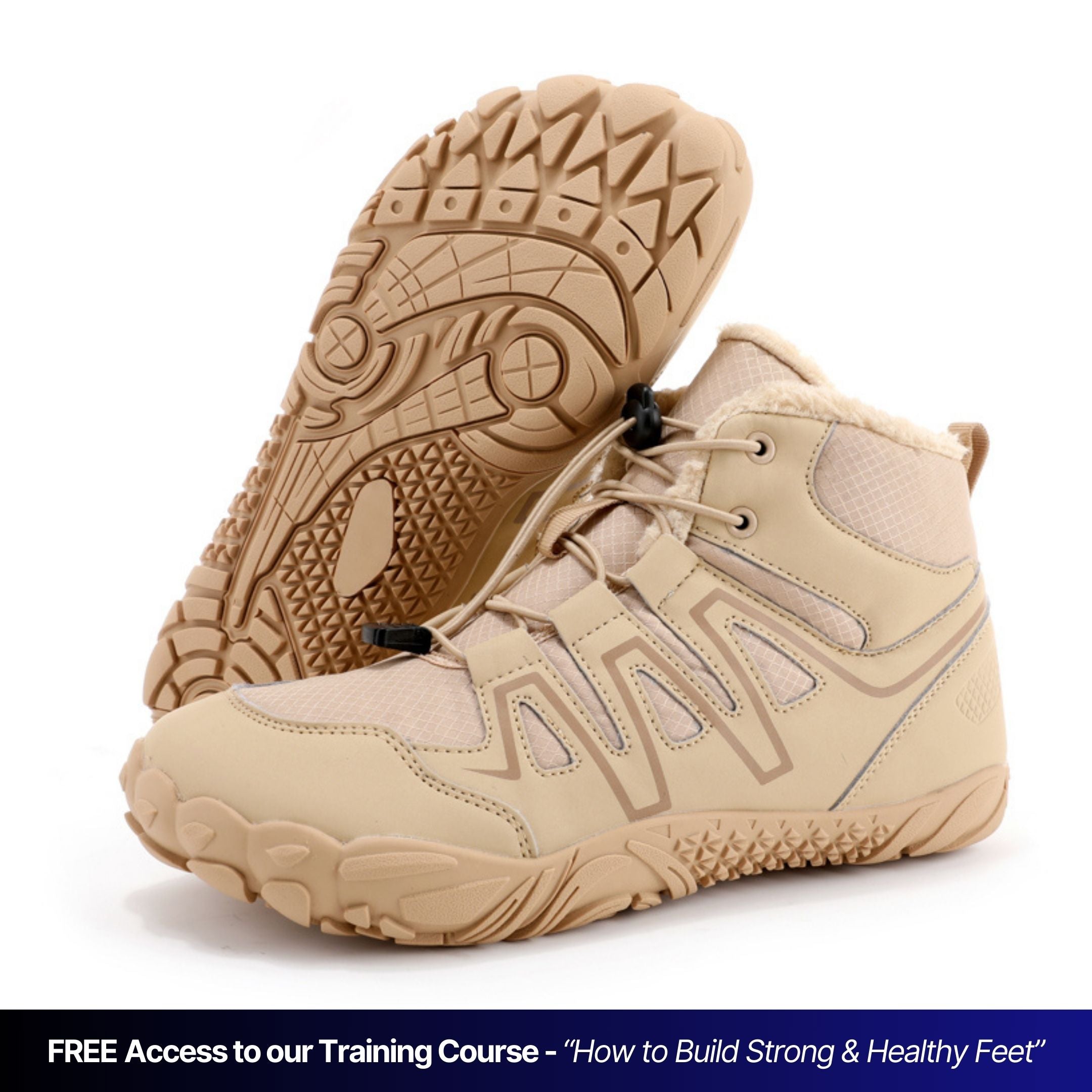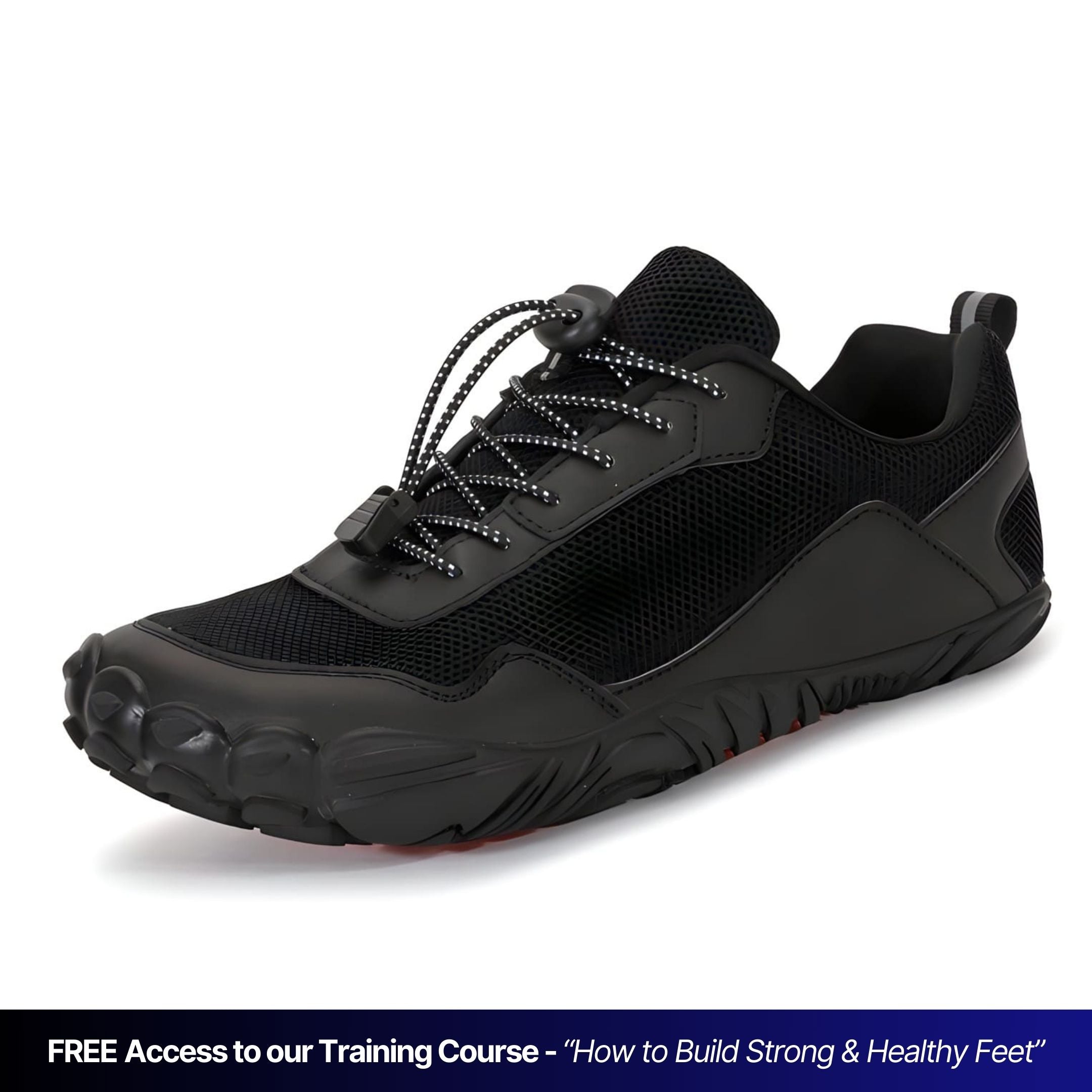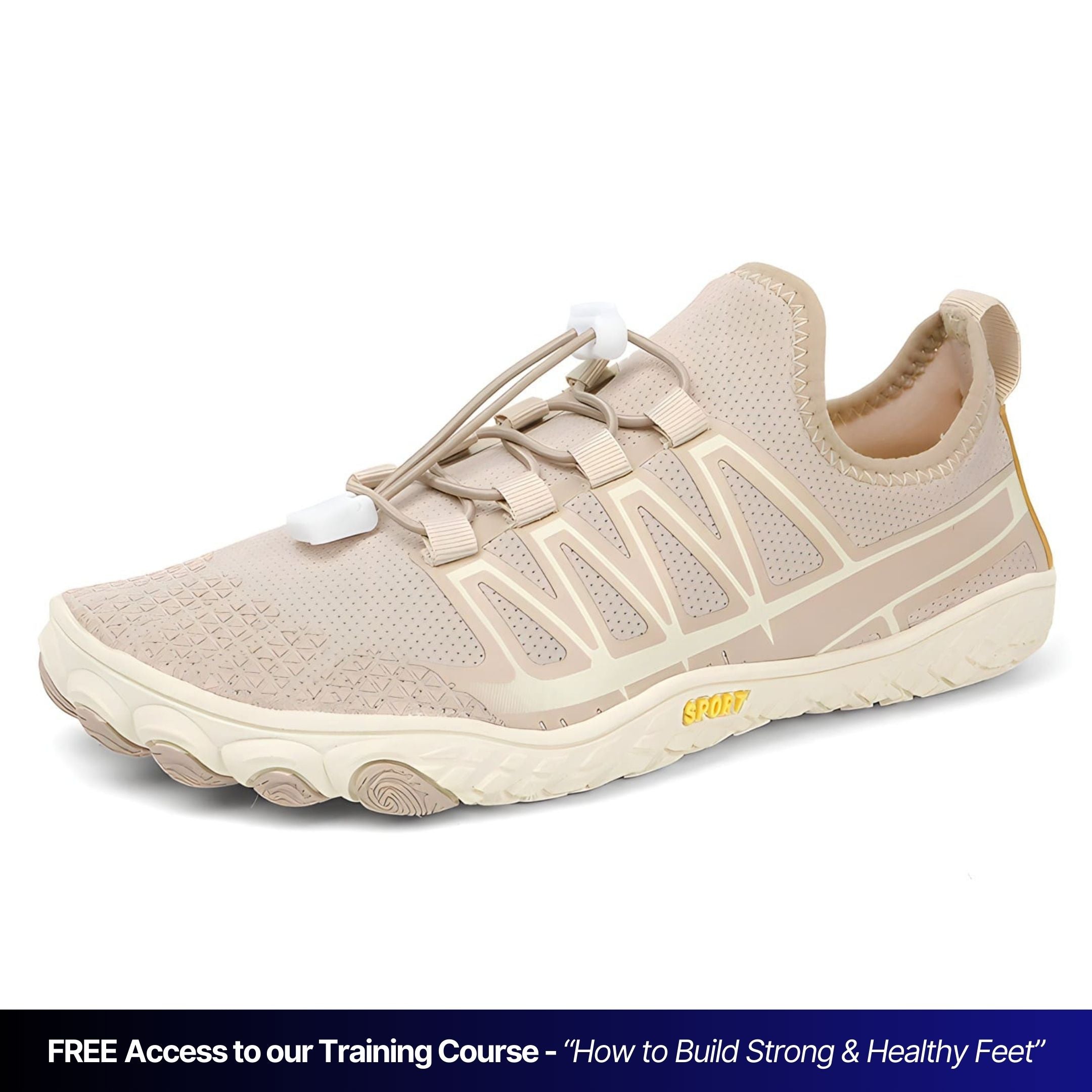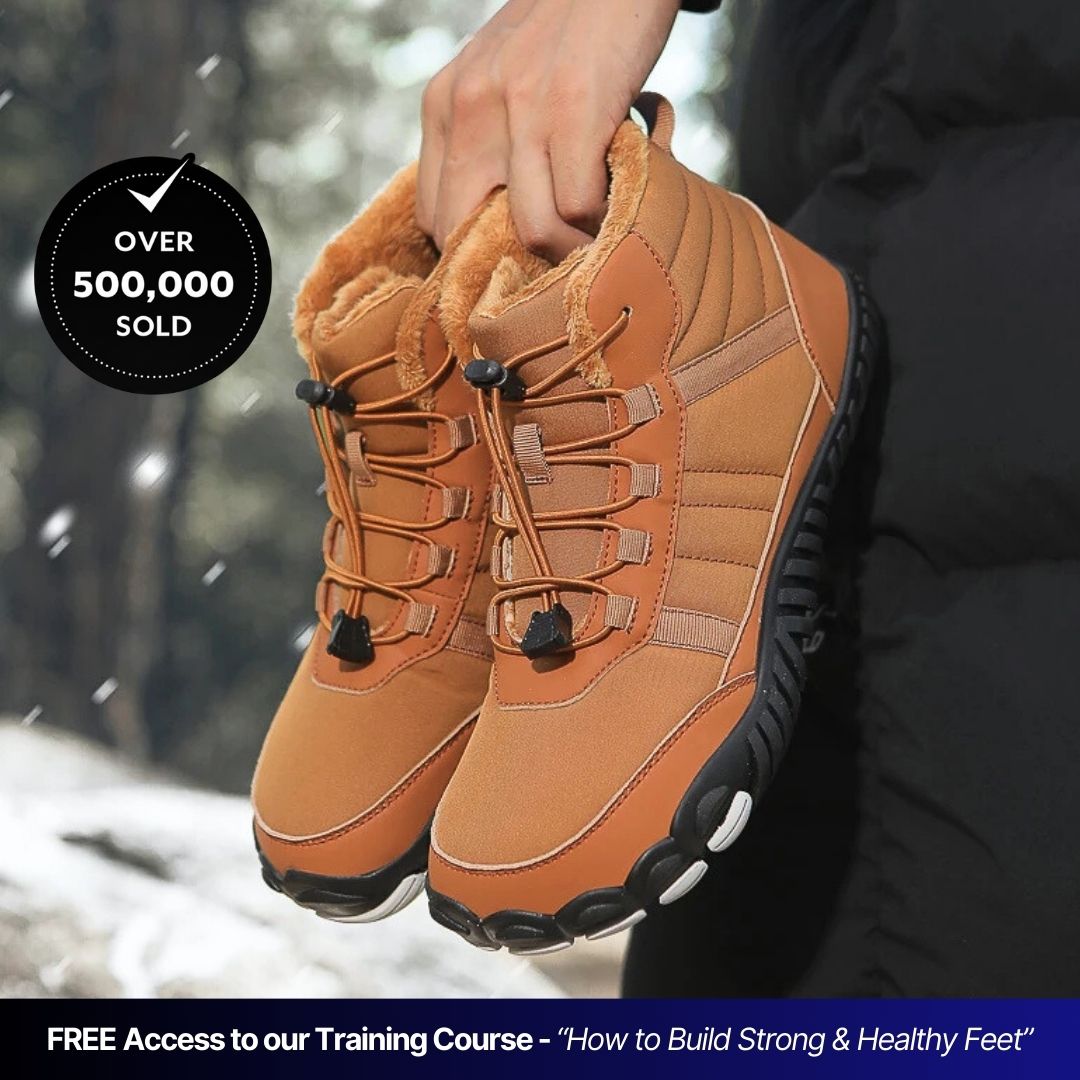FAQ
General Info
General Info
What's wrong with Regular Shoes?
What's wrong with Regular Shoes?
The main problem with Regular Shoes is that they are NOT built for the health of our feet at all.
They have Industrial & Standard Shapes that only follow Fashion standards. The worst thing is that we usually do not realize the problems until they come to us.
"Muscles work with a simple philosophy of 'Use it or Lose it'. When we place our foot in a cushioned environment it's like placing our body on a Sofa - it causes the long-term deconditioning of our feet"
The 4 worst features of regular shoes are:
1) CUSHIONED: A cushion creates instability, disrupts optimal sensory feedback from the ground and promotes over striding in running.
2) RIGID: A rigid shoe will restrict movement in the foot, resulting in weaker muscles and stiffer joints.
3) TOE SPRING: A toe spring places the toes in an unnatural position which impacts their function and places undue stress on the plantar fascia.
4) ELEVATED HEEL: Restricts ankle range of motion, disrupts whole-body alignment and creates unbalanced weight distribution at the foot.
What is the Zero Drop Sole?
What is the Zero Drop Sole?
The zero drop sole means the heel isn't raised higher than the toe part. Your foot stays level, just like when you're barefoot.
What makes Grönanda barefoot shoes different from others?
What makes Grönanda barefoot shoes different from others?
Grönanda's barefoot shoes unlike ordinary shoes or other barefoot shoes, have a Wide & Anatomical shape that follows the lines of the foot.
We have spent years researching natural and healthy movement, designing shoes based on Human anatomy and according to the feet, perfecting our wide, thin and flexible shoes so as to release 100% of the feet's potential and improve their long-term health.
And no, these are not just words. We have done tests on over 700 of our customers who have actually seen benefits in both feet and legs, in less than 60 days.
And we believe so much in the long-term results of these shoes that we have even extended our money-back guarantee to 60 days.
Your only risk is not to let your feet try these shoes on!
What are the Health Benefits of Barefoot Shoes?
What are the Health Benefits of Barefoot Shoes?
There are countless advantages, but surely one of the most important is that barefoot shoes (with zero-drop sole) promotes less reliance on footwear and more reliance on strong foot and leg muscles. This improves body posture, stride and overall performance.
The other very important benefit is that these barefoot shoes feature a wide toe box that allows for greater stability, more balance and a significantly more comfortable toe position, unlike all normal trainers that have a narrow toe box.
Barefoot shoes are designed in such a way that they do not compromise the freedom of movement of the foot and allow all movements.
Barefoot shoes fit your feet, not the other way around.
Are they recommended for those suffering from Plantar Fasciitis?
Are they recommended for those suffering from Plantar Fasciitis?
Barefoot shoes are designed to allow the feet to move in the most natural way possible, just like when walking barefoot.
In contrast, typical athletic shoes feature elements such as arch supports, thick cushioning, and raised heels that prevent the feet from moving as they normally would.
And guess what?
When the feet are allowed to move, they become stronger, and strengthening the core foot muscles helps prevent injuries like plantar fasciitis.
Of course, if you have never worn barefoot shoes before, we do not recommend initially wearing them for 24 hours a day, 7 days a week, as foot sensitivity is different, and your feet need to gradually adapt.
But undoubtedly, in the long run, your feet will become stronger, and this could bring benefits to those suffering from plantar fasciitis, metatarsalgia, and other foot inflammations.
Can I wear Orthopaedic insoles in these shoes?
Can I wear Orthopaedic insoles in these shoes?
Of course you can wear your orthopaedic insoles in our shoes.
The word "barefoot shoe" does not exclude this. It should be noted, however, that depending on the sole, the feeling in the shoe is different than, for example, with the soles supplied
Can I wear Socks in my barefoot shoes?
Can I wear Socks in my barefoot shoes?
From a health point of view, it is irrelevant whether one wears socks in barefoot shoes; in fact, the term 'barefoot shoe' in no way excludes the wearing of socks.
Are your shoes Waterproof?
Are your shoes Waterproof?
Some barefoot shoe models are waterproof and some are not. If you're unsure on the shoes' details, you may email our customer service support at info@gronanda.com
The laces broke, how to fix them?
The laces broke, how to fix them?
We deliver our shoes with long laces so that you can individually adjust your new barefoot shoes to your foot.
If the laces have broken or the fastener has come undone, you can reinsert it without any problems. Follow the steps below:
1) open the lace fastener (you have to push back the top part of the fastener)
2) Reinsert the tip of the laces into the clasp and close it again.
Your laces will now be slightly shorter, but they are as good as new.
Sizing
How do I find the right size for me?
How do I find the right size for me?
If you are unsure about your size or have Wide or Swollen feet, we recommend taking one size up.
If you can't find the Half size, take the Larger size. Example: Do you usually wear a size UK 7.5 ( EU 41)? Take size UK 8 (EU 42).
What if I choose the Wrong Size?
What if I choose the Wrong Size?
If you have chosen the wrong size, please reach out to our team by email at info@gronanda.com. We'll help making the exchange process as easy and simple as possible.
Shipping & Returns
How long does Delivery take?
How long does Delivery take?
Once you have placed your order, please allow 24-48 hours for processing. Thereafter, you can expect delivery to take 8-11 working days.
Our team works hard to ensure you receive your order as quickly as possible. Due to high demand, delivery times may be longer in some locations.
Can I cancel my order?
Can I cancel my order?
Order cancellation, with immediate refund to the customer, can usually be made within a maximum of 24 hours after the purchase of the item, but if the order has already been processed and shipped, in that case it is not possible to request immediate cancellation of the order and it will be necessary to wait for the arrival of the order and return it to our warehouse to obtain a refund.






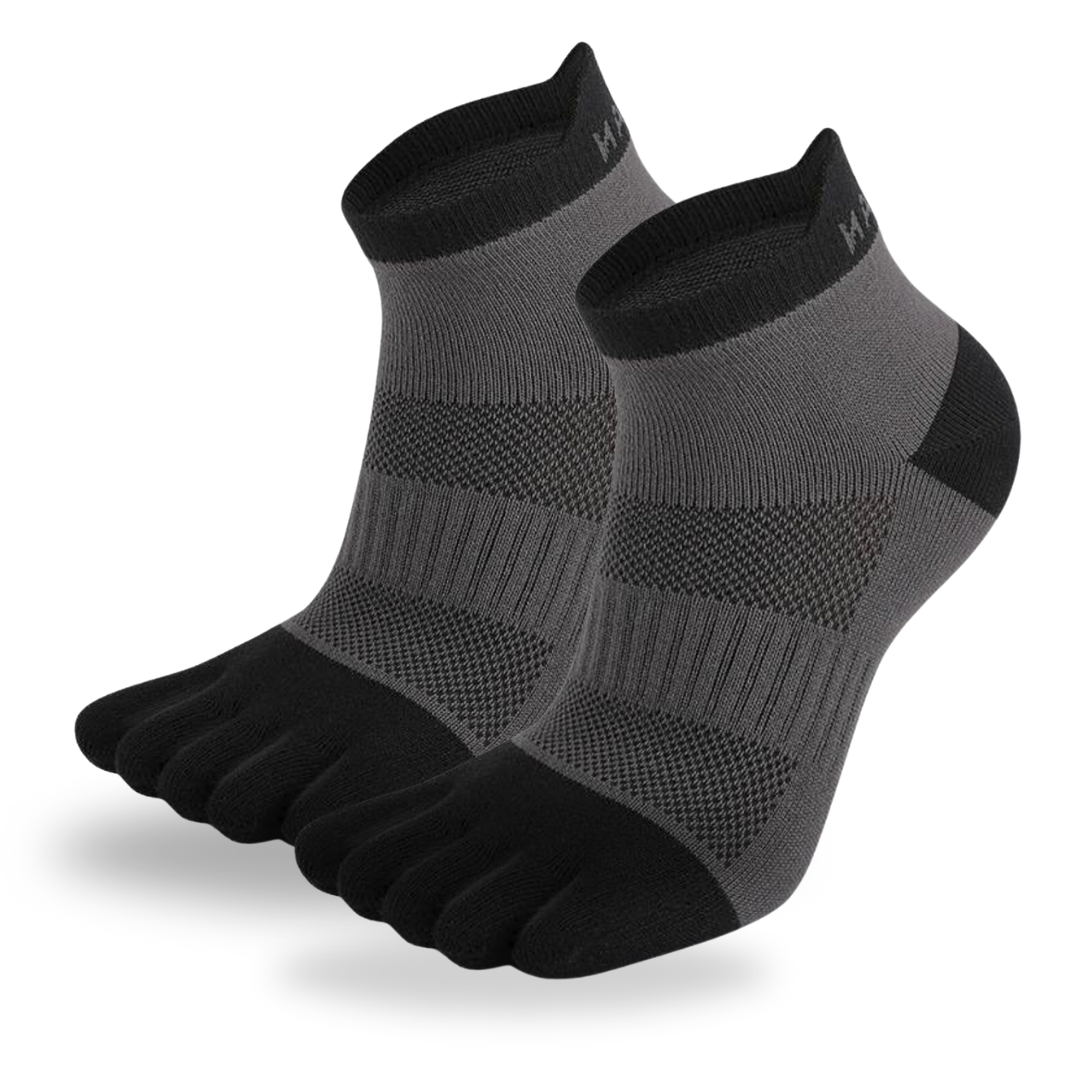
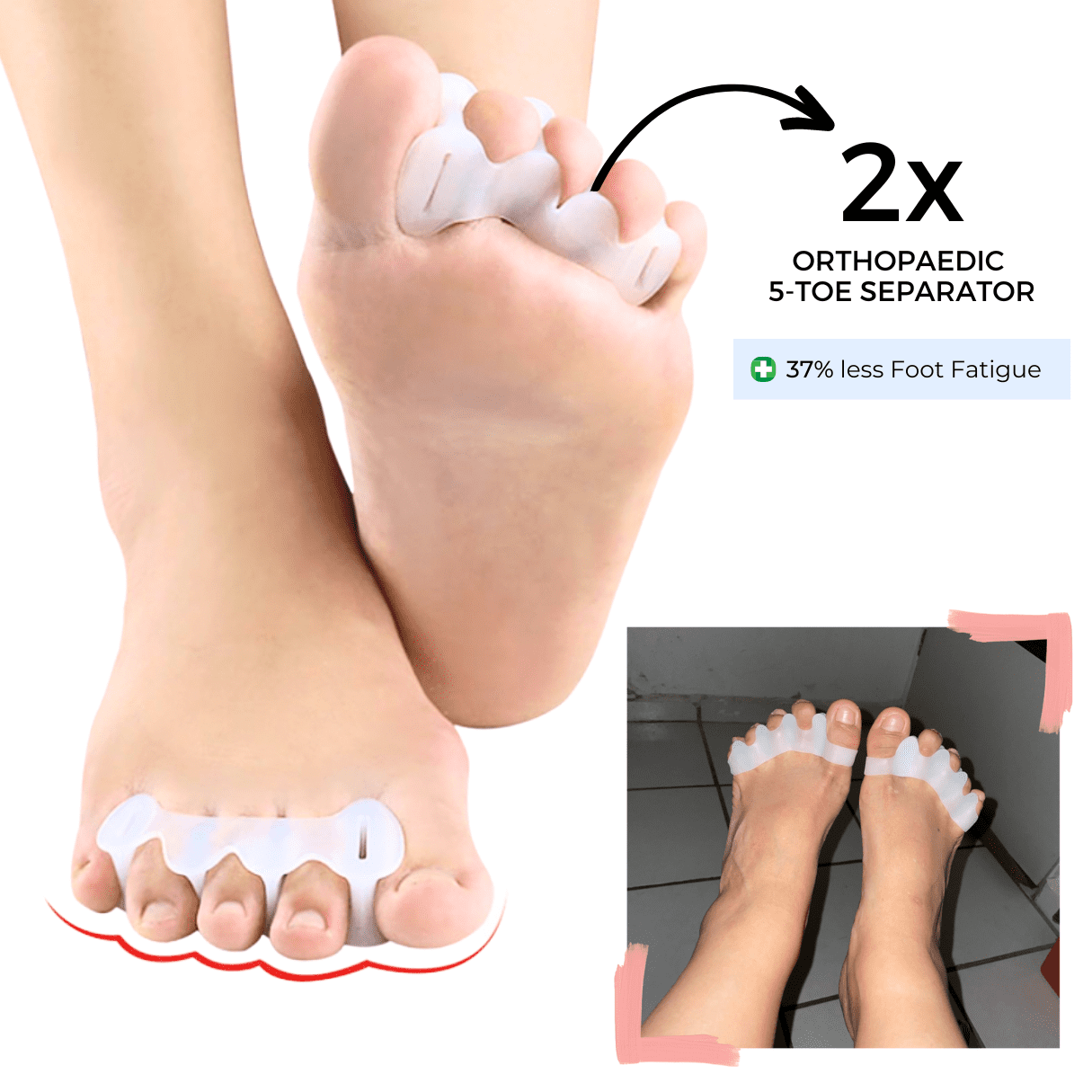
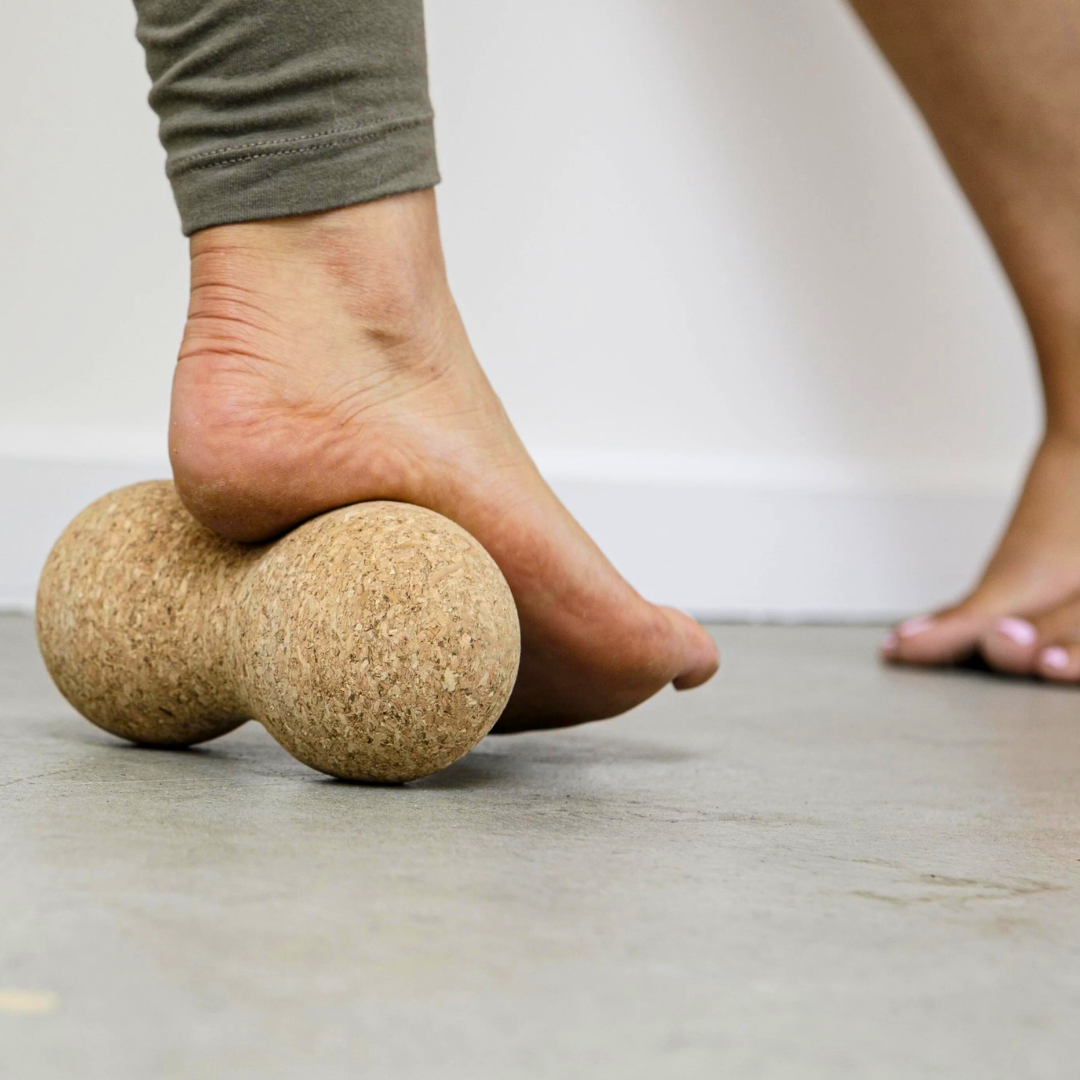

![[NEW] Fleya | Travel-Proof Barefoot Shoes](http://gronanda.com/cdn/shop/files/FLEYA_-_New_TravelProof_Barefoot_Shoe_by_Gronanda8.jpg?v=1751495225&width=235)
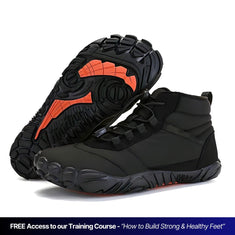
![[NEW] TerraGrip | Padded Barefoot shoes](http://gronanda.com/cdn/shop/files/34.png?v=1757687531&width=235)
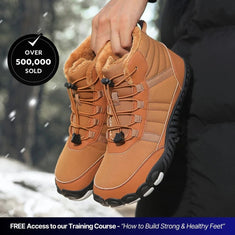
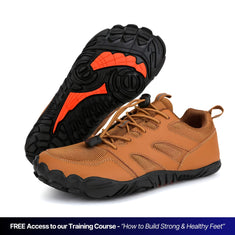
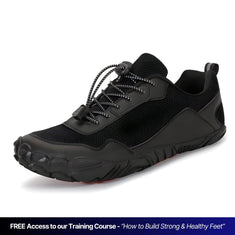
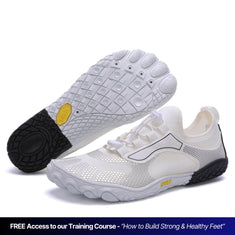
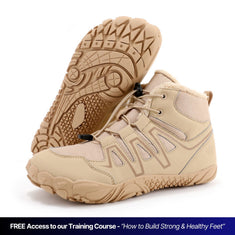
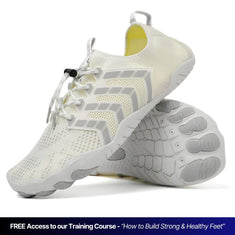
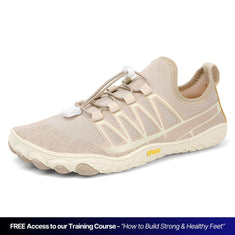

![[NEW] Daystride | Everyday Barefoot shoes](http://gronanda.com/cdn/shop/files/daystride-1.jpg?v=1753315086&width=235)

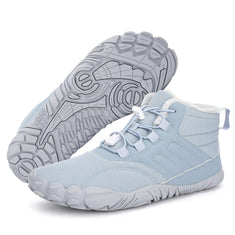
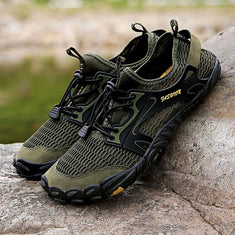

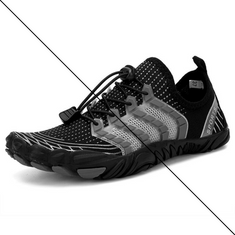
![[NEW] Flatline | Training Barefoot shoes](http://gronanda.com/cdn/shop/files/17_9c28ae77-248d-488a-9368-9f13c92edf27.jpg?v=1754954581&width=235)

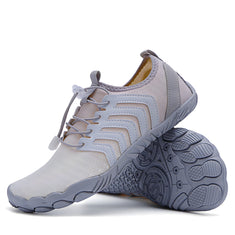
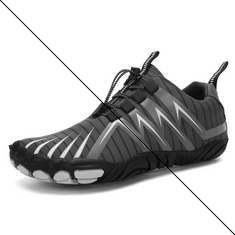


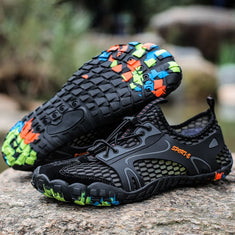
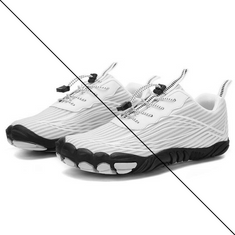

![[NEW] Fleya | Travel-Proof Barefoot Shoes](http://gronanda.com/cdn/shop/files/Free_Training_Course.jpg?v=1762791604)
